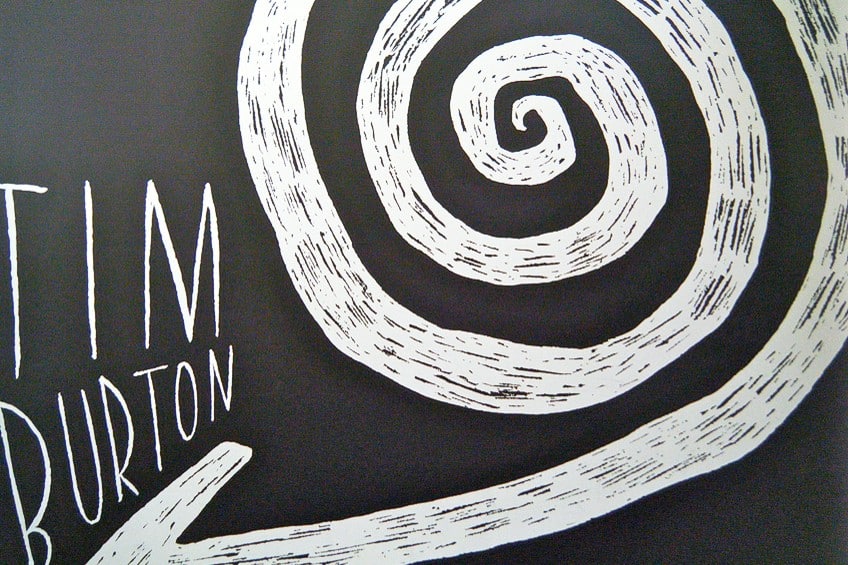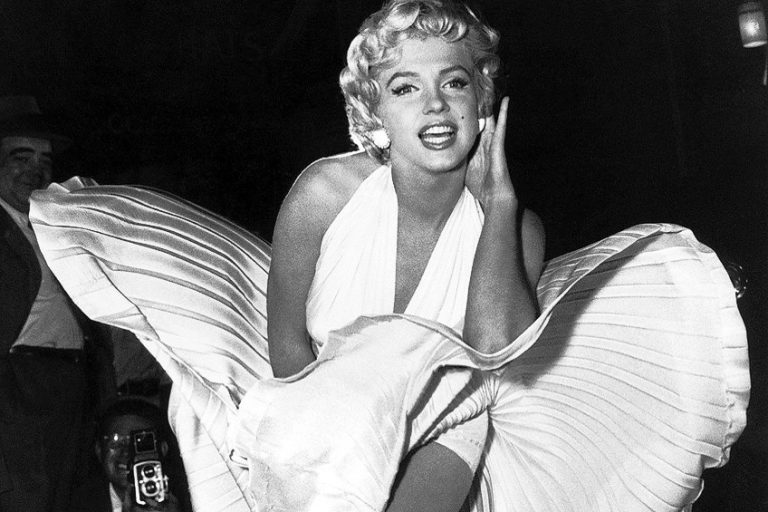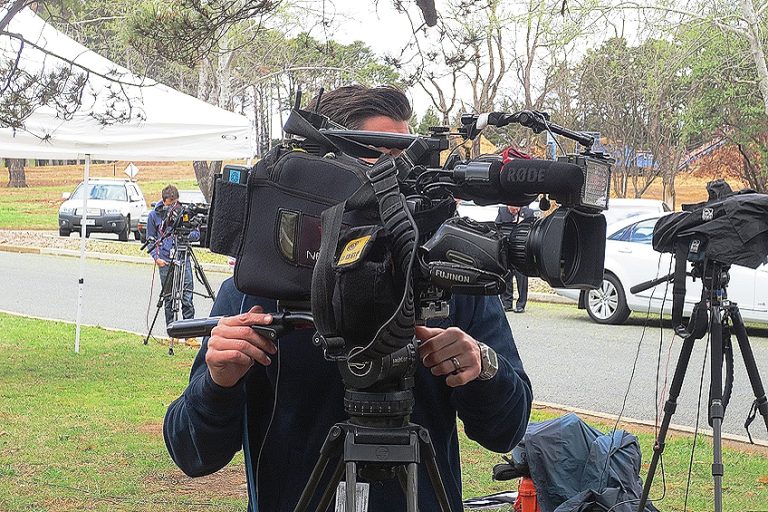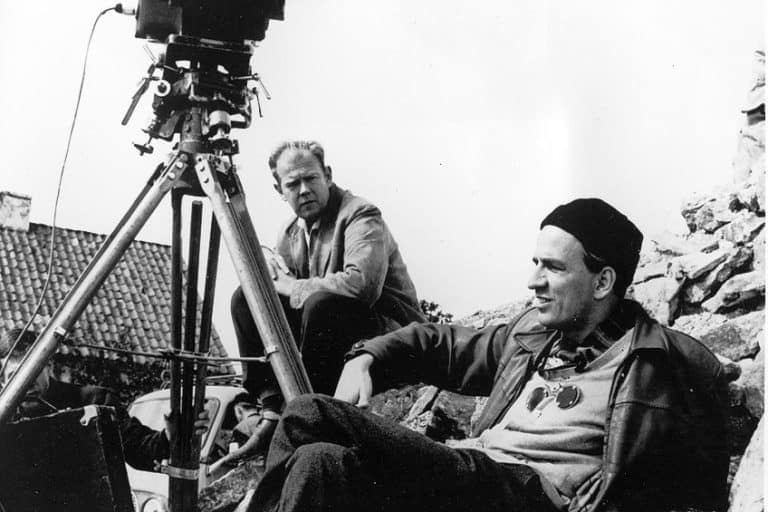Tim Burton – Celebrating the Quirkiness of Tim Burton’s Style
Tim Burton, an iconic American filmmaker, is renowned for his unique gothic and whimsical style that blends dark themes with fantastical elements. Born in 1958, Burton’s imaginative vision has given rise to a distinctive cinematic universe characterized by eccentric characters and surreal settings. His works, including classics like Edward Scissorhands, Beetlejuice, and The Nightmare Before Christmas, showcase his talent for merging macabre storytelling with poignant emotion. Burton’s artistic background in animation and his collaborations with composer Danny Elfman and actor Johnny Depp have solidified his status as a visionary director whose influence extends across multiple genres in contemporary cinema.
Key Takeaways
- Tim Burton pioneered goth culture in Hollywood through his films.
- His work spans directing, producing, writing, and animating.
- Burton’s unique artistic style has earned him numerous accolades.
Early Life and Education
| Birth | August 25, 1958 |
|---|---|
| Death | Present |
| Place of Birth | Burbank, California, United States |
| Genre of Work | Film director, producer, writer, animator, and artist |
Tim Burton stands as a unique figure in the American film industry, renowned for his distinctive gothic horror and fantasy films. His imaginative vision has given birth to cinematic classics such as Beetlejuice, Edward Scissorhands, and The Nightmare Before Christmas. Known for his pioneering goth culture in Hollywood, Burton’s work continues to captivate audiences worldwide.
Born on August 25, 1958, in Burbank, California, Burton’s fascination with classic horror films and artistic expression began at a young age.
His talent evolved through his work with Disney and collaborations with actors like Johnny Depp and Michael Keaton, enriching his filmography with unforgettable characters and stories. His artistry extends beyond directing to include producing, writing, and animating, showcasing a multifaceted creativity.

Burton’s artistic style blends the macabre with whimsical elements, creating immersive worlds that combine fantasy with dark humor. This unique approach has earned him numerous accolades, including an Emmy Award and Golden Globe Award, as well as nominations for Academy Awards and BAFTA Awards. His influence reaches beyond film, leaving a lasting impact on both the industry and popular culture.
Burbank, California
Timothy Walter Burton was born on August 25, 1958, in Burbank, California. His parents were Jean Burton (née Erickson), who owned a cat-themed gift shop, and William “Bill” Burton, a former minor league baseball player who worked for the Burbank Park and Recreation Department. As a preteen, Burton found solace in drawing and watching classic horror films, particularly those featuring Vincent Price.
These early experiences in his hometown deeply influenced his unique aesthetic and storytelling style.
California Institute of the Arts
After completing his education at Burbank High School, Tim Burton enrolled at the California Institute of the Arts. There, he focused on the Character Animation program, a discipline that provided him with the technical skills and creative environment to develop his distinct artistic voice.

It was during this time that Burton produced several short films and projects that hinted at his future success in the film industry. The structured training and exposure to industry-standard techniques at CalArts played a crucial role in shaping his career trajectory as a visionary director and filmmaker.
Filmography Highlights
Tim Burton’s career includes a variety of influential films. He gained attention with Beetlejuice and gained more fame with Batman. He frequently collaborates with Johnny Depp and has significant works in animation and fantasy. His recent projects continue this trend.
Breakthrough With Beetlejuice and Batman
Tim Burton’s early breakthrough came with Beetlejuice (1988). This dark comedy starred Michael Keaton as a mischievous ghost. The film’s unique style and humor made it a cult classic. In 1989, Burton directed Batman, featuring Keaton as the titular hero and Jack Nicholson as the Joker. Batman combined a dark, stylized aesthetic with a compelling narrative, revitalizing the superhero genre and leading to the successful sequel, Batman Returns (1992).
Collaborations With Johnny Depp
One of Burton’s most notable partnerships has been with Johnny Depp. Their first collaboration, Edward Scissorhands (1990), showcased Depp as an artificial man with scissors for hands. This film set the tone for their future projects. They worked together on Ed Wood (1994), a biographical film about the eccentric filmmaker.
Burton and Depp also collaborated on Sleepy Hollow (1999), Charlie and the Chocolate Factory (2005), Corpse Bride (2005), Sweeney Todd: The Demon Barber of Fleet Street (2007), Alice in Wonderland (2010), and Dark Shadows (2012).
Ventures into Animation and Fantasy
Burton has made significant contributions to animation and fantasy. The Nightmare Before Christmas (1993) is one of his most famous works in stop-motion animation, though directed by Henry Selick. Corpse Bride (2005) and Frankenweenie (2012) followed, both utilizing stop-motion techniques.

Alice in Wonderland (2010) combined live-action and CGI, resulting in a visually stunning reimagining of the classic tale. Other fantasy films like Big Fish (2003) and Miss Peregrine’s Home for Peculiar Children (2016) blend whimsical and dark elements.
Recent Works
In recent years, Burton has continued to produce visually distinctive films. Dark Shadows (2012), a comedic horror film, starred Johnny Depp. He directed Big Eyes (2014), focusing on the life of artist Margaret Keane. Miss Peregrine’s Home for Peculiar Children (2016) displayed his trademark blend of whimsy and gloom. Burton directed the live-action adaptation of Dumbo (2019), bringing his unique style to a Disney classic.
Burton’s filmography showcases his versatility while maintaining a distinctive aesthetic that has made his work highly recognizable.
Artistic Style and Influences
Tim Burton’s artistic style is a blend of dark and gothic aesthetics, characterized by recurring themes and motifs. His work is also heavily influenced by certain key figures in art and cinema.
Dark and Gothic Aesthetics
Tim Burton’s films often feature a dark and gothic visual style. Edward Scissorhands is a prime example, where the title character’s dark, eerie appearance contrasts with the pastel-colored suburban setting. Another notable instance is The Nightmare Before Christmas, which blends Halloween’s macabre elements with a whimsical, fantasy world. Burton’s preference for high-contrast lighting, skewed perspectives, and twisted shapes stems from German Expressionism, creating a unique atmosphere that is both haunting and visually striking.

Recurring Themes and Motifs
Burton’s films frequently explore themes of isolation, outsiders, and misunderstood characters. Edward Scissorhands portrays a peculiar inventor’s creation who struggles to fit into society. Similarly, Corpse Bride revolves around characters trapped between life and death, highlighting themes of love and belonging in the afterlife.
Another recurring motif is the use of the macabre paired with humor, as seen in Beetlejuice, where the grotesque and the comedic coexist seamlessly.
Influential Figures
Vincent Price, a horror icon, had a considerable impact on Burton’s work. Price narrated Burton’s early short film, Vincent, and his gothic horror legacy influenced Burton’s aesthetic choices. Another key influence is the stop-motion animation of Ray Harryhausen, which inspired the detailed and fantastical worlds of The Nightmare Before Christmas and Corpse Bride.

Burton’s reverence for classic gothic literature and horror films is also evident in his consistent thematic and visual nods to creators like Edgar Allan Poe and filmmakers like James Whale. By integrating these dark, gothic, and often whimsical elements, Tim Burton has developed a distinctive visual style that is immediately recognizable and deeply influential in the realm of fantasy and horror films.
Legacy and Impact
Tim Burton’s unique vision has left an indelible mark on the film industry, characterized by distinctive aesthetics and storytelling. His works have earned numerous accolades and have influenced both mainstream and niche cinema.
Awards and Recognitions
Tim Burton has received various prestigious awards, reflecting his contributions to cinema. He was nominated for two Academy Awards and won a Golden Globe for his direction and production. His films, such as Edward Scissorhands and Big Fish, are frequently featured in notable exhibitions, including those at the Museum of Modern Art.
These recognitions emphasize his notable standing in film circles and beyond.
Influence on Cinema and Pop Culture
Burton’s influence extends beyond individual accolades. His collaboration with Danny Elfman has redefined film scoring. Warner Bros benefitted from his revamp of the Batman franchise, making superhero films darker and more complex.

He also worked with Disney Productions early in his career, and later under Walt Disney Pictures, directed and produced family classics that reshaped animated cinema. His distinctive style continues to inspire filmmakers and pop culture today.
Tim Burton’s enduring legacy in the film industry is a testament to his unparalleled creativity and visionary approach. By seamlessly blending elements of horror, fantasy, and heartfelt emotion, Burton has crafted a unique narrative style that continues to captivate audiences around the world. His dedication to exploring the darker aspects of human experience, while simultaneously celebrating the beauty of the unconventional, ensures that his films remain timeless and influential. As both an artist and a director, Tim Burton’s contributions to cinema have left an indelible mark, inspiring future generations of filmmakers to embrace their own unique visions and challenge the boundaries of storytelling.
Frequently Asked Questions
What Are Some of the Most Notable Films Directed by Tim Burton?
Tim Burton has created many iconic films. Beetlejuice (1988) and Edward Scissorhands (1990) are among his early hits. The Nightmare Before Christmas (1993), although directed by Henry Selick, was produced by Burton. Batman (1989) and Batman Returns (1992) showcased his unique style in superhero films.
What Is Tim Burton’s Net Worth?
Tim Burton’s net worth is estimated to be around $100 million. This wealth comes from his successful career as a director, producer, writer, and animator. His distinctive visual style and storytelling have earned him a dedicated fanbase and numerous accolades.
At What Age Did Tim Burton Start His Filmmaking Career?
Burton’s interest in filmmaking began at a young age. He started making short films while still in high school. After attending the California Institute of the Arts, he became an animator’s apprentice at Walt Disney Animation Studios. His first professional film, Vincent (1982), was created when he was 24 years old.
Isabella studied at the University of Cape Town in South Africa and graduated with a Bachelor of Arts majoring in English Literature & Language and Psychology. Throughout her undergraduate years, she took Art History as an additional subject and absolutely loved it. Building on from her art history knowledge that began in high school, art has always been a particular area of fascination for her. From learning about artworks previously unknown to her, or sharpening her existing understanding of specific works, the ability to continue learning within this interesting sphere excites her greatly.
Her focal points of interest in art history encompass profiling specific artists and art movements, as it is these areas where she is able to really dig deep into the rich narrative of the art world. Additionally, she particularly enjoys exploring the different artistic styles of the 20th century, as well as the important impact that female artists have had on the development of art history.
Learn more about Isabella Meyer and the Art in Context Team.
Cite this Article
Isabella, Meyer, “Tim Burton – Celebrating the Quirkiness of Tim Burton’s Style.” Art in Context. July 17, 2024. URL: https://artincontext.org/tim-burton/
Meyer, I. (2024, 17 July). Tim Burton – Celebrating the Quirkiness of Tim Burton’s Style. Art in Context. https://artincontext.org/tim-burton/
Meyer, Isabella. “Tim Burton – Celebrating the Quirkiness of Tim Burton’s Style.” Art in Context, July 17, 2024. https://artincontext.org/tim-burton/.









